From the 12S Ultra, the first “photo” smartphone co-developed by Xiaomi and Leica, we already knew that it incorporated a 1-inch sensor. A giant sensor which has advantages but which raised many questions as we were talking about here. Finally formalized this Monday, July 4, the 12S Ultra therefore brings a very large sensor.
But above all a truly impressive overall photo score that is well worth some downtime on every component. Especially on this “giant” sensor, which we hope for a lot. After all, with the Lumix CM1, the Sharp Aquos R6 and the Leitz Phone, it is the 4e smartphone equipped with a 1 inch sensor where Leica is involved in the development.
A “real” 1 inch sensor
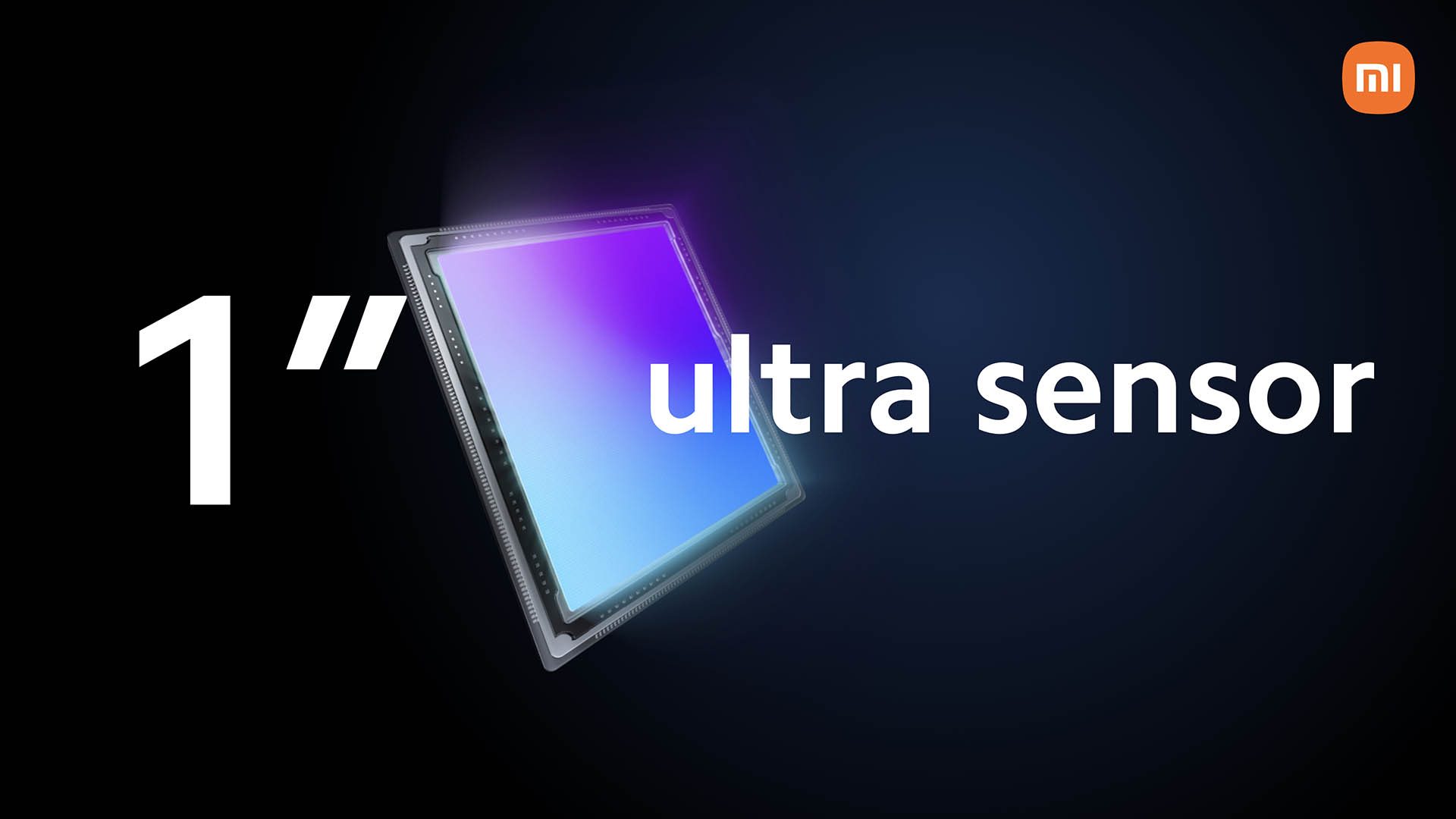
The 1 inch sensor in smartphones, we have already told you the story. Its theoretical promises are interesting – more surface means more light collection – but it brings with it many developments and many physical constraints. For its 12S Ultra, Xiaomi did not disappoint on paper. Better, the Chinese surprises: unlike Sony, which reframes like a mess in its 1-inch 20 Mpix sensor for its Xperia Pro-I (which then becomes a simple 12 Mpix sensor) Xiaomi has developed an optical formula that covers the entire image circle .
But rather than just buying an existing component on Sony’s shelves, Xiaomi has signed a partnership with the Japanese electronics engineer to develop a brand new sensor. While all of Sony’s 1” photo sensor models have always been 20 Mpix models, the Chinese and Japanese have designed a whole new benchmark called the 50 Mpix IMX989.
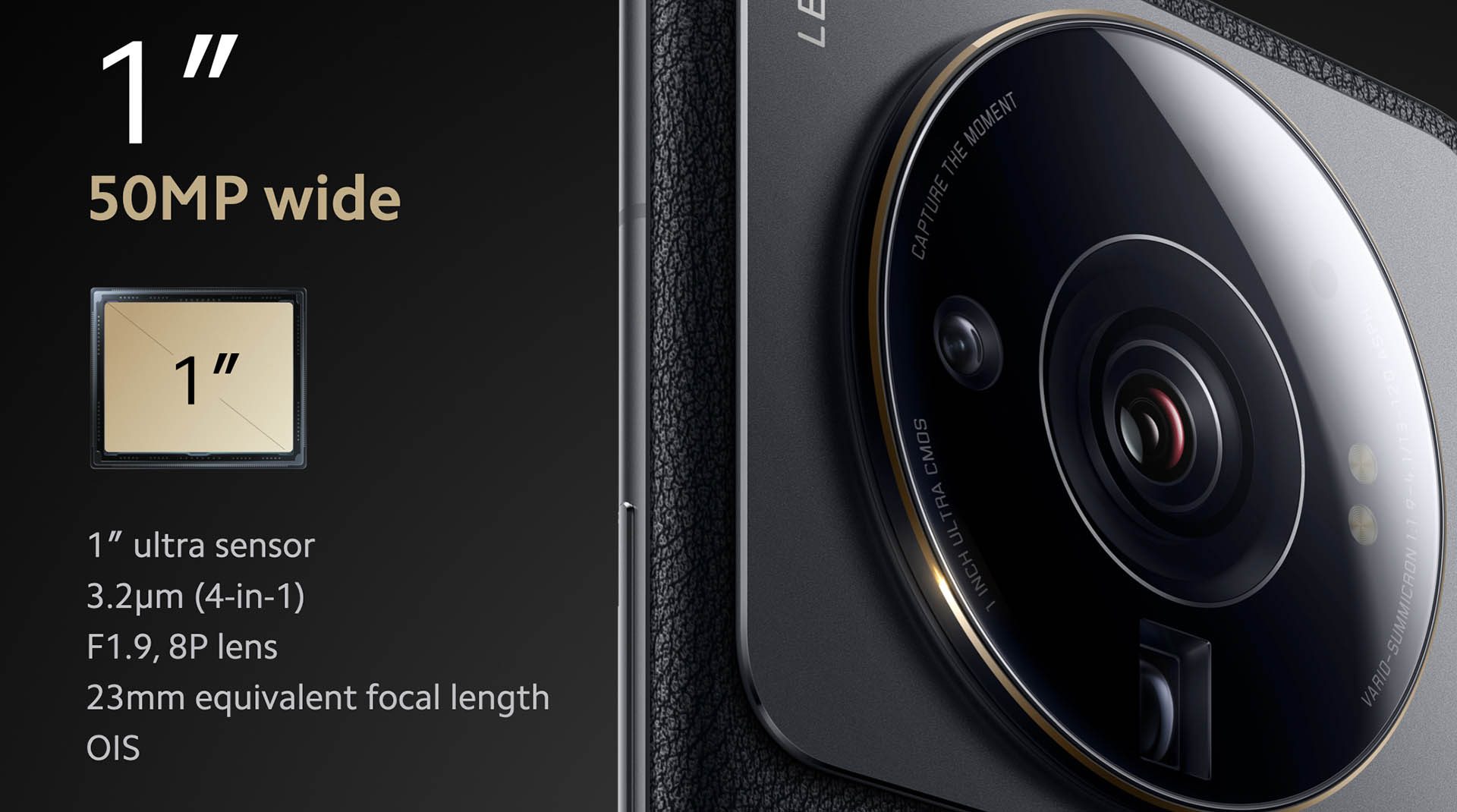
And that’s where we’re very excited: on the one hand, this sensor offers a large light-gathering surface, far superior to the competition. On the other hand, it uses the traditional operation of smartphones which consists of coupling 1.6 micron photodiodes together. These quad-pixels then measure 3.2 microns on each side (which is comparable to real cameras) for a very comfortable definition of 12.5 Mpix.
Co-developing a sensor with a partner (like Sony or Samsung) allows a company not only to have primacy over a component, but also to prepare it according to its own needs (as Simon Liu, CEO of the photo at Oppo). And it also provides access to low-level electronics and software, privileged access to hardware that will be denied to customers who later purchase that same component – they will have to settle for the framework standard software from Sony, without being able to influence the electronic part.
If we have never seen a camera equipped with such a sensor, we can however extrapolate its skills: it should be more sensitive in low light, the background blurs will be more pronounced (they are in particular a function of dimensions of the sensor) but, in addition, the sampling of the colors on 4 photodiodes should enable it to reproduce the colors more precisely. If the optics are level. However, from what we can read in the technical sheet, the optics of this 12S Ultra seem attractive.
An optic that makes your mouth water
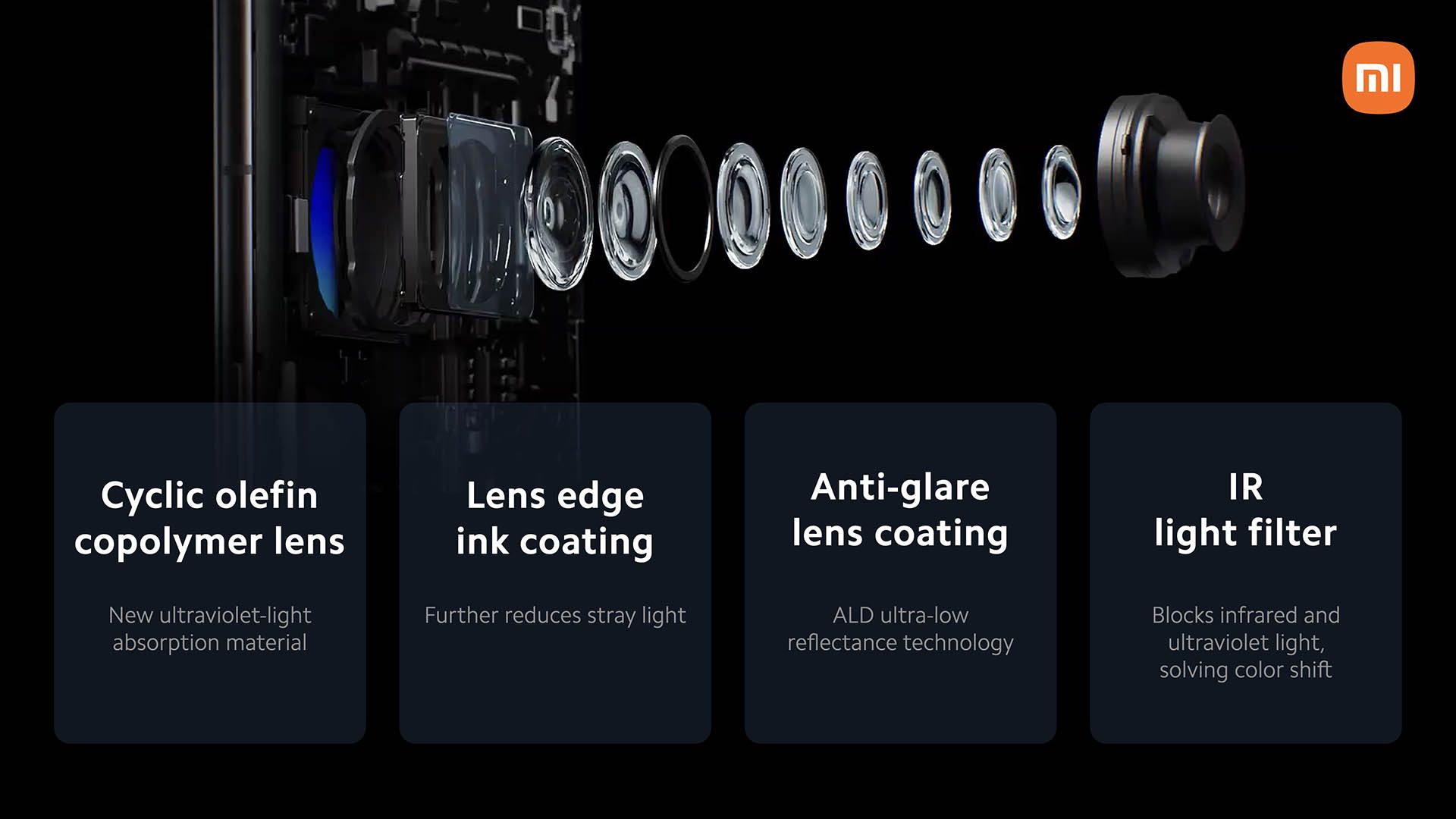
In the center and under the glass dome that protects the three camera modules (read below), is the optics that provide the sensor of the main module with photons. And if the build quality is up to specification, it’s a gem. More than twice as bright (f / 1.9) as that which fitted the Panasonic CM1 (f / 2.8), the first smartphone integrating a 1-inch sensor, it is also wider. With an angular coverage equivalent to a 23 mm, it is a very generous wide angle. And we hope that Xiaomi took advantage of the imposing HAL-style “eye” of 2001, a space odyssey to best manage the incident rays. With an aperture of f/1.9, the lens that has been certified by Leica cannot claim the Summilux reserved for apertures of f/1.4, but still receives the Summicron of f/2 lenses.
The construction of this optic is top notch for the world of smartphones, with an 8-piece polymer design (no glass in smartphones but state-of-the-art plastics), the best in terms of optical complexity in the domain. An interesting element of the treatment of these lenses is that some take advantage of a black “paint” on the edges to reduce stray rays. Far from being trivial, this surface treatment on the edges of these very small lenses is complex to industrialise. But it has the advantage of avoiding post-corrections and simplifying (and lightening) the optical unit.
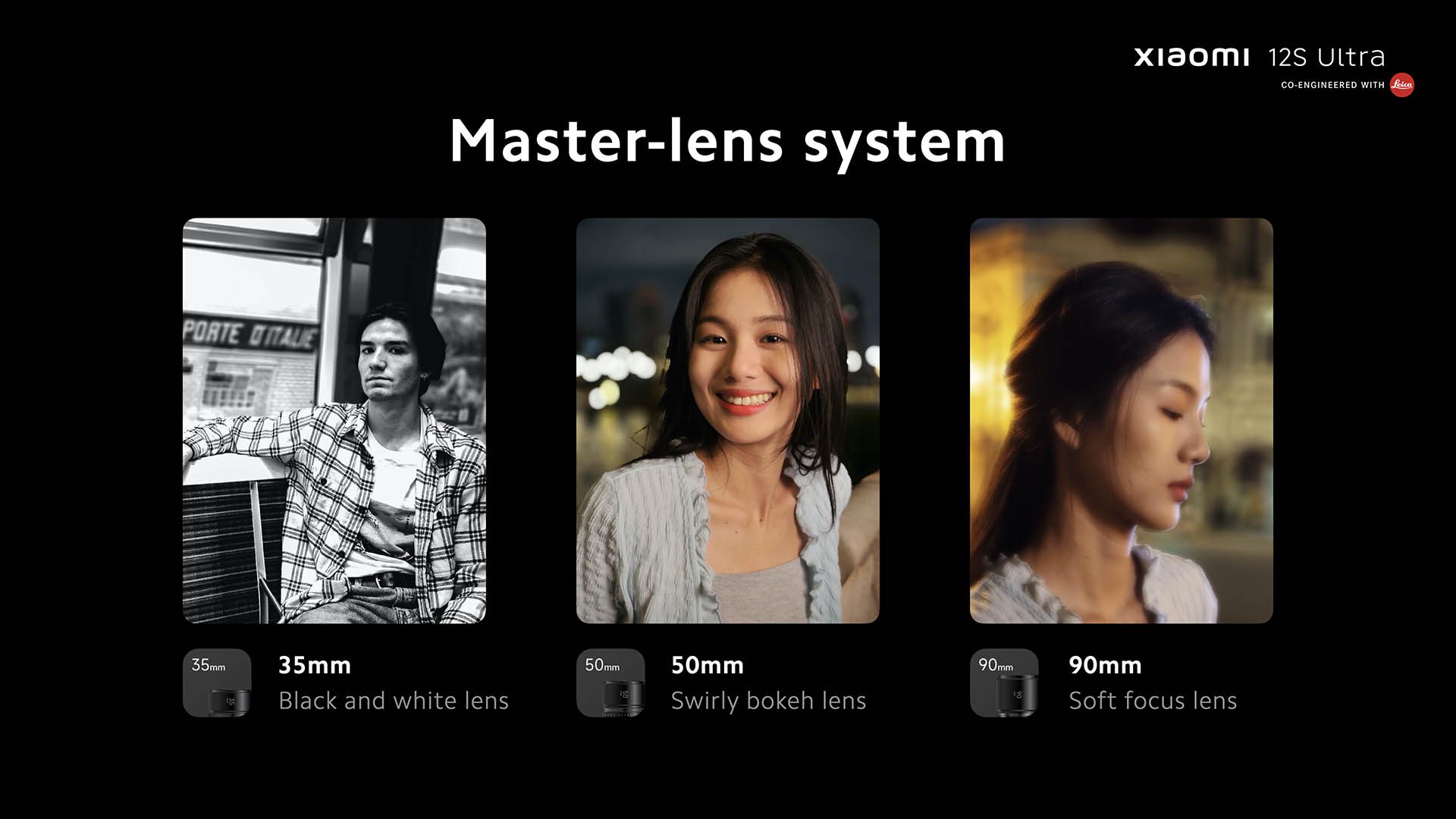
For the record, Leica uses this kind of process on its optical lenses of its M series. The procedure is done by hand, a (very) qualified worker “painting” by hand the edges of the lenses in the factory from Wetzlar. Except that for smartphones, you have to paint millions of lenses with micrometric precision!
State-of-the-art optical stabilization
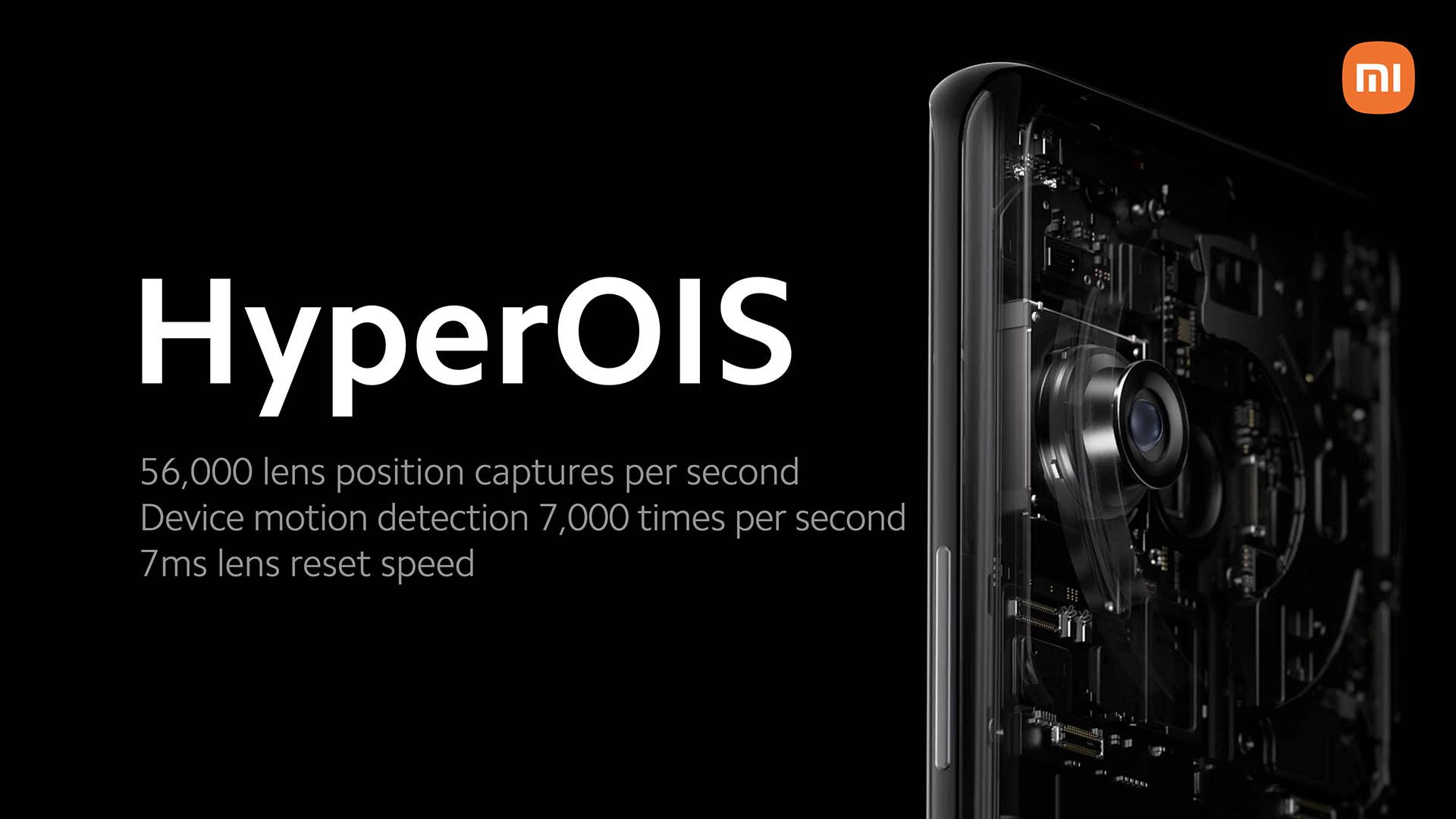
Among the limits implied by the use of an imposing sensor, there was for Xiaomi the impossibility (or the very great difficulty, we do not have all the details of the technical constraints) of integrating a mechanical stabilization of the sensor (or IBIS for in body image stabilization). Stabilization is therefore optical, that is to say by means of a “floating” lens which compensates for parasitic movements of the operator.
And Xiaomi took advantage of his presentation to give some orders of magnitude of this technology which he calls “Hyper OIS”. The built-in gyroscopes and accelerometers (components called MEMS) sample the position of the device 7000 times per second (7 kHz) and the mechanism is able to position the stabilization lens in one of 56,000 possible positions in just 7 ms. If this level of precision is rarely (or almost never) given by manufacturers, which prevents us from making direct comparisons, it is easy to understand that stabilization promises to be very fast.
Funny (and intriguing…) detail of the name: the Hyper OIS smells good of the denominations… Panasonic. We find indeed the mentions “Power OIS” and “Mega OIS” on many references of compact and optical Japanese. However, Panasonic has been a Leica partner for more than fifteen years and many technological exchanges have taken place between the Japanese and the German.
Telephoto and ultra wide angle: two rather large sensors
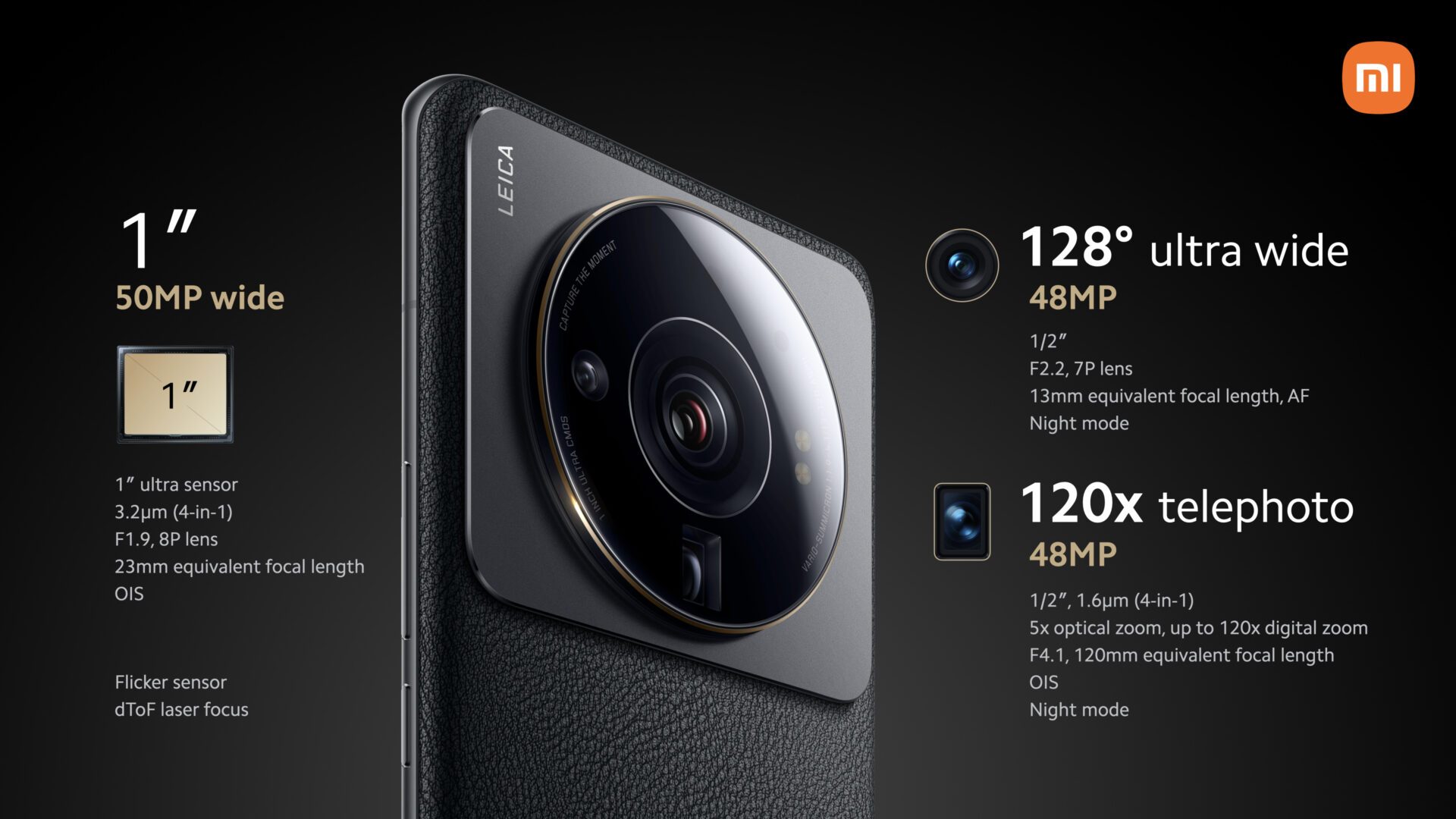
Under the glass dome, Xiaomi has housed two secondary camera modules to expand the optical range of the main module’s 23mm f/1.9: a 13mm f/2.2 equivalent ultra-wide-angle and a 120mm f/4.1 equivalent telephoto lens. An amplitude that can cover most of the needs of the needs of a lambda user. To go further in the zoom, Xiaomi promises a “x120 zoom” which is only marketing: at this level of digital zoom, we will pick up the pixels with a trowel.
This ridiculous communication aside, we must admit that these two modules are also interesting. In particular by the size of the sensors used. While many brands use small 1/3.1 or even 1/4.0 inch models, Xiaomi has taken advantage of its large glass dome to go straight for it: the two camera modules are in 1/2 inch format. Their useful surface is certainly much smaller than the giant 1-inch sensor (30 mm² against 116 mm²), but it is the latter which is out of the ordinary. The 1/2 format is rather comfortable and, in both cases (telephoto and wide angle), is superior to almost all the competition. For comparison, the ultra-wide-angle of the Samsung Galaxy S22 Ultra 5G is in 1/2.55” format and that of the telephoto lens is even smaller (1/3.52”). The result of reading the technical sheet is therefore clear: on paper, the photosensitive surface of all the rear camera modules of the 12S Ultra is far ahead of all the competition.
But even if Xiaomi asserts its dominance over sensors and optics, there remains a major unknown on the third and final pillar of photography: digital image processing.
The unknown of image processing and colors
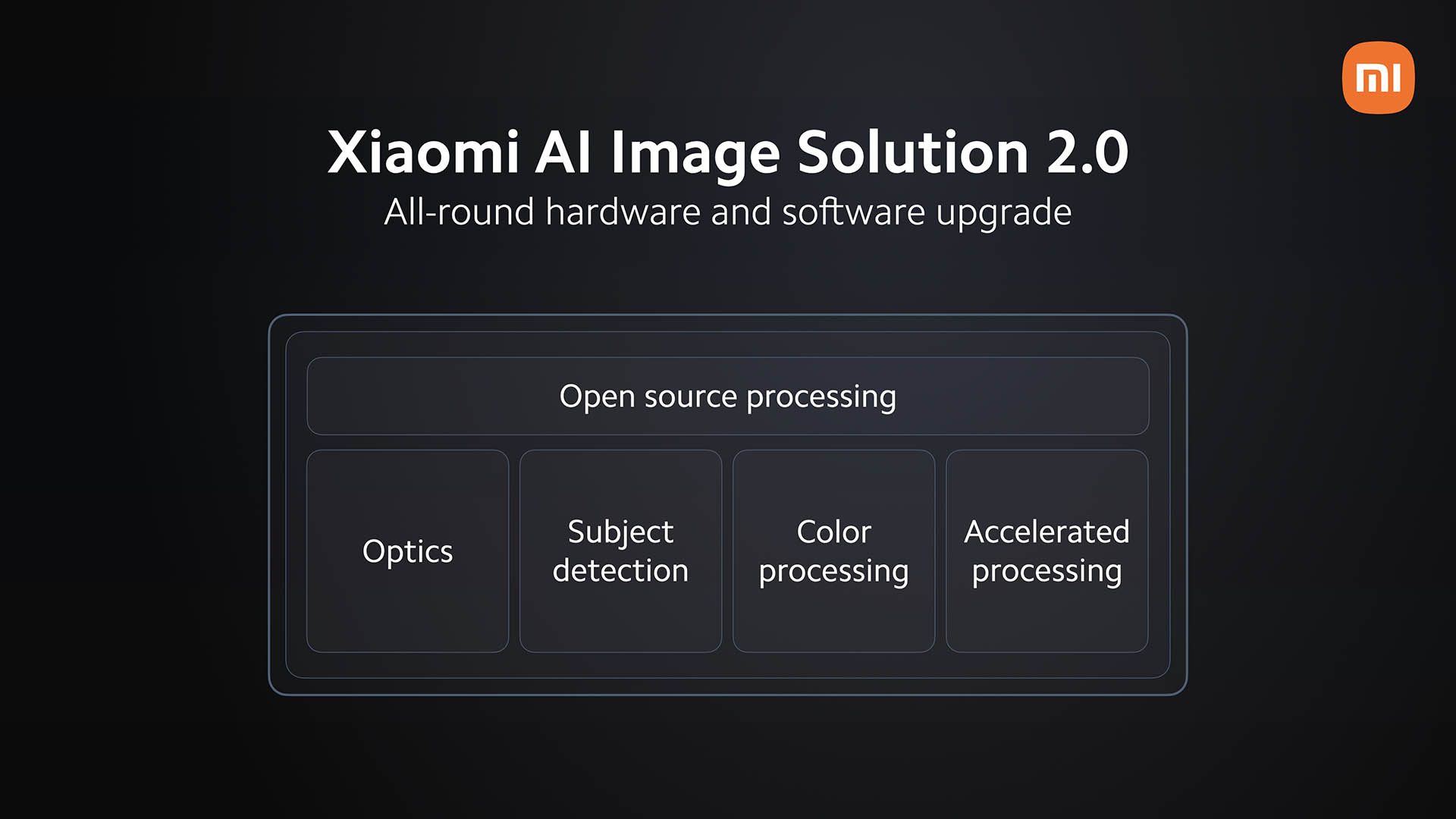
The image processing of the digital channel is based on an image processor (ISP) and a software part made up of many routines and other algorithms that grind at the time and after the triggering. However, in the field of digital photography (and videography), it is better to hardware average and excellent software part. If we know that the ISP is good – it’s the Spectra integrated into the Snapdragon 8+ Gen 1 processor from Qualcomm – we don’t know anything about the software part. Xiaomi has therefore not (yet?) followed in the footsteps of Oppo, Vivo and Apple, which have all developed their own in-house image processor – external to Oppo and Vivo, integrated into the A chips in the case of Apple. Part of the equation lies in the mastery of this generic ISP by Xiaomi engineers.
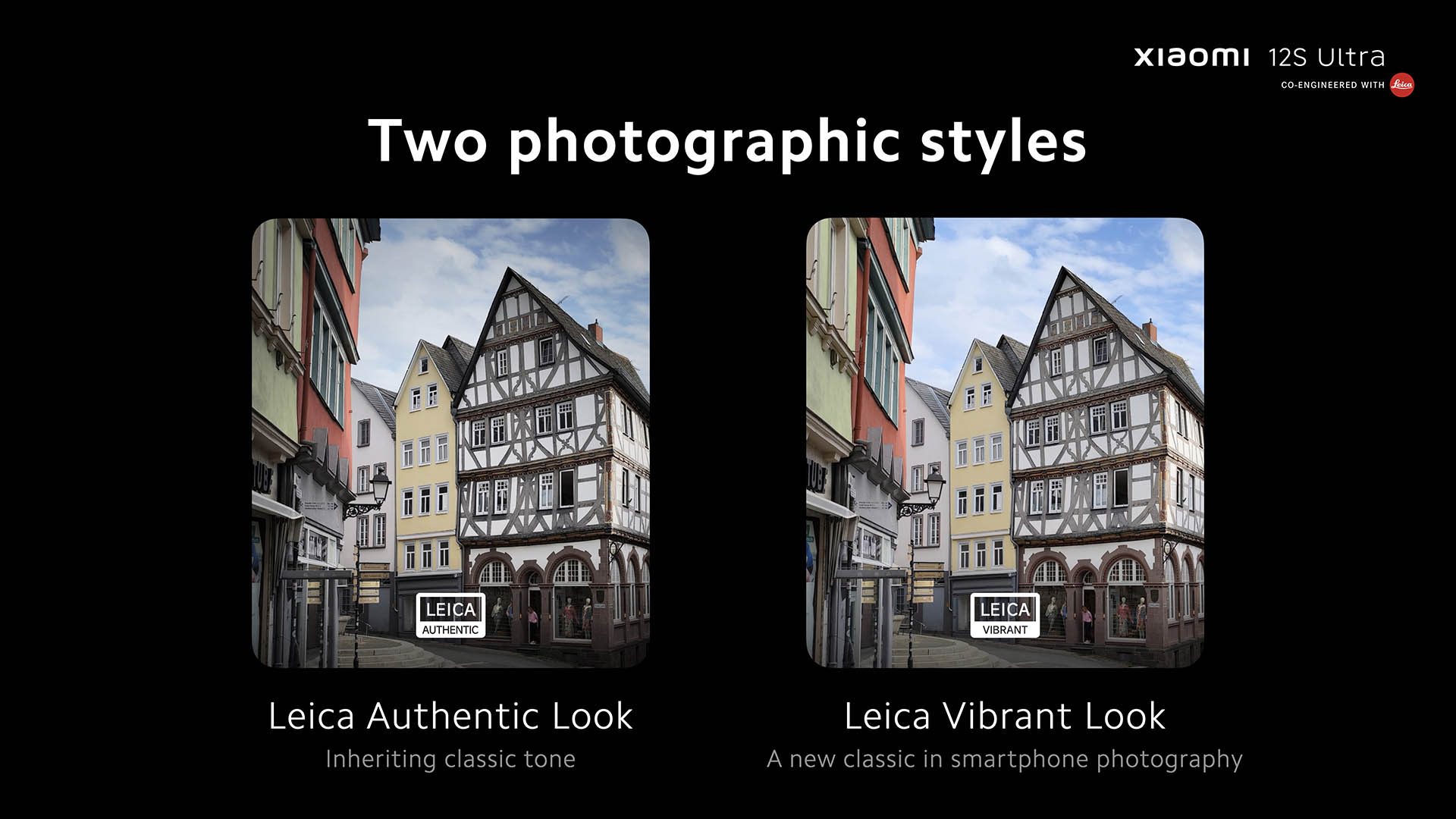
On the image processing side, it is to be hoped that Leica does its job of integrating technologies like Zeiss does, and brings a little of its color science. If the product presentation mentions two Leica photographic “styles” (Authentic and Vibrant, understand “natural” and “shimmering”), that tells us very little. How will the smartphone handle difficult light conditions? What colorimetric continuity between the different modules to hope for, when Apple largely dominates in this area?
While the components are more and more efficient, the quest for the right colors does not stop. Because each sensor, each lens has its specificities. And with each new component – and even with each terminal, since it is necessary to manage the balance between the modules – it is often necessary to rewrite part of the software to obtain satisfactory renderings. Renderings that must also be adapted to the tastes of different cultures! Our only a priori is based on Leica’s late partnership with Huawei, which had borne fruit.
On paper, we feel that Xiaomi has gone all out for its first “Leica-phone”: the sensors range from large (ultra wide-angle, telephoto) to giant (main module). The optics are bright and their complex construction (8P, 7P) promises good basic quality – that is to say even before post-correction. The two big unknowns are therefore the speed of autofocus, a key value in 2022 where all high-end terminals are good in this area. And just as essential: color quality, which has become THE workhorse of the entire industry after the end of the zoom race. Let’s hope that Xiaomi wants to launch its terminal in Europe to see if the photo world has really found a new champion.
[related_posts_by_tax taxonomies=”post_tag”]
The post 12S Ultra: we decipher the impressive photo score of Xiaomi’s “Leicaphone” appeared first on Gamingsym.
